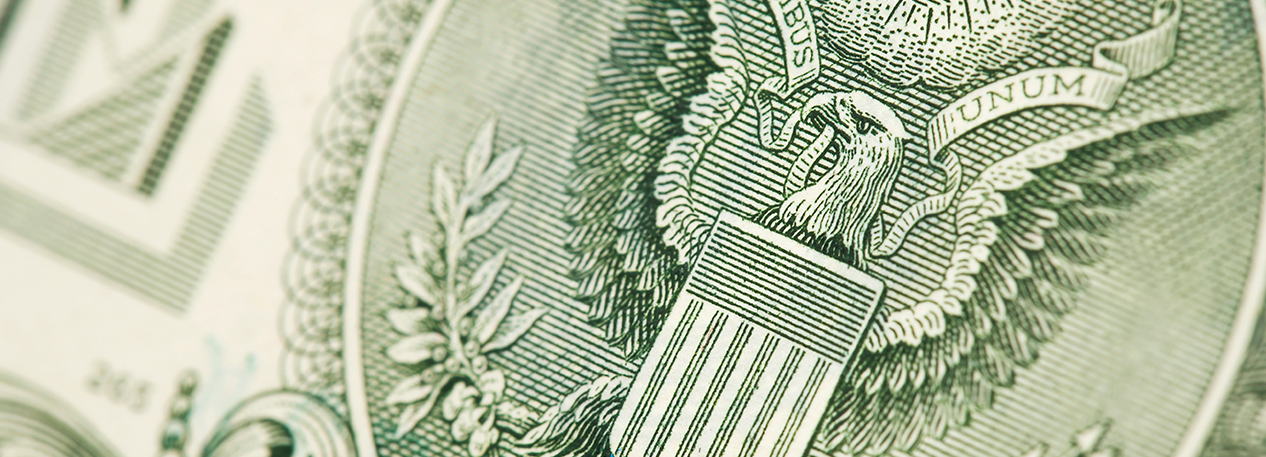

Article
Paper money has circulated in America at least as far back as colonial times. But how did American currency come to look the way it does? What do all the symbols on our money mean?

Look at the image of perhaps the world’s most instantly recognizable paper money — the $1 U.S. Federal Reserve note. What does it mean to you? Despite our familiarity with this particular currency note, many of us have never looked closely at its design and symbolism. As you’ll learn as you read on, American currency displays many significant symbols. Once you know what they mean, you may never look at your money in quite the same way.
Perhaps the most universally renowned symbol to appear on American paper money is front and center on our $1 Federal Reserve notes. George Washington, our nation’s first president, is a nationally recognized symbol of unity and trust. But he was not always there.
Pyramids, eagles, goddesses, and frogs — even Santa Claus. These are just a few of the images that have appeared on American currency over the past three centuries. Some of these symbols are no longer used, but many of them can still be found on present-day U.S. notes and coins. Understanding the importance of the symbolism on American money and the meaningful messages it conveys helps us to better appreciate the ideals of hope, optimism, and patriotism our Founding Fathers were trying to pass on to all future generations of Americans to share.



